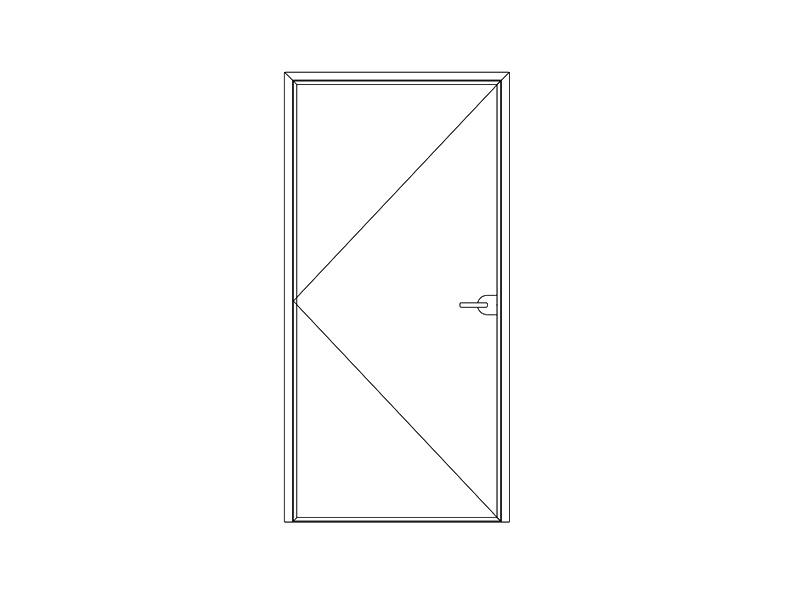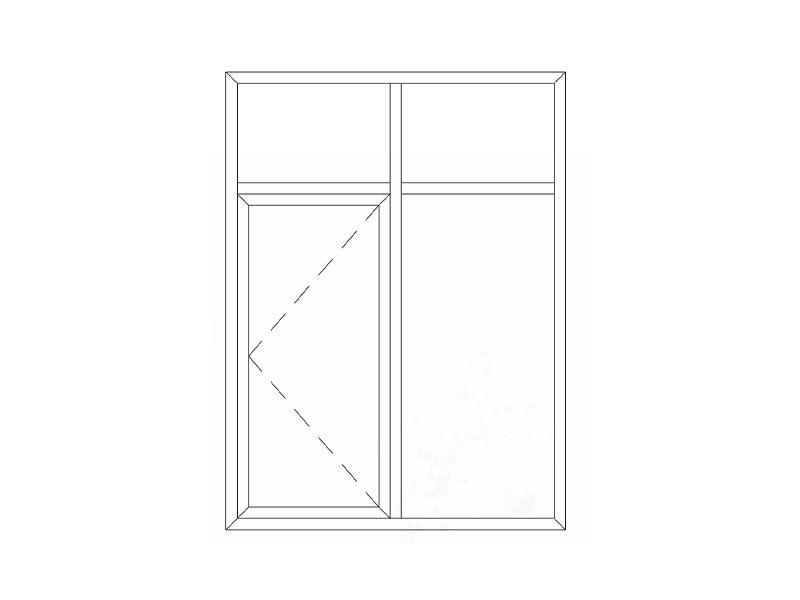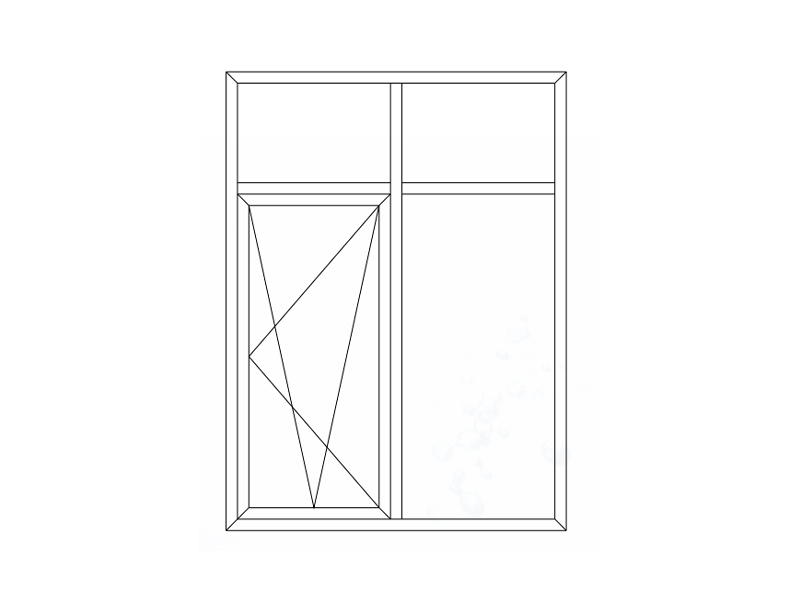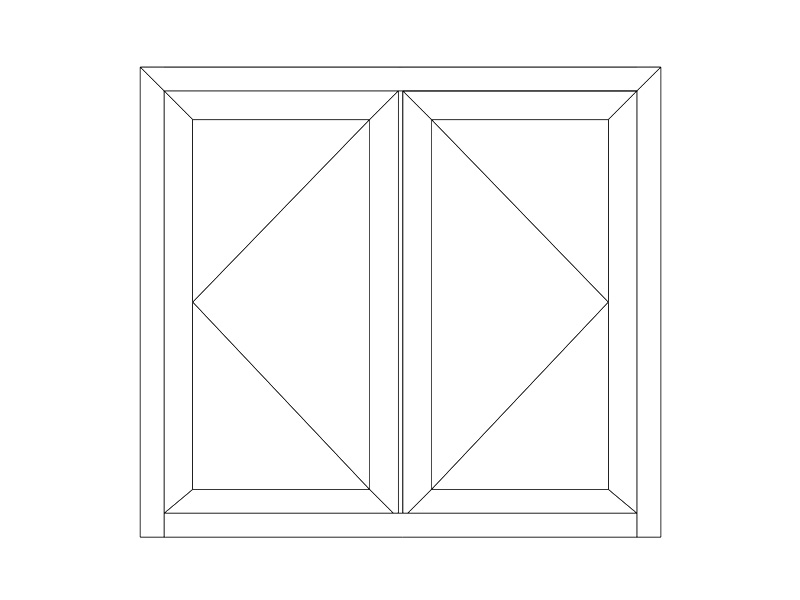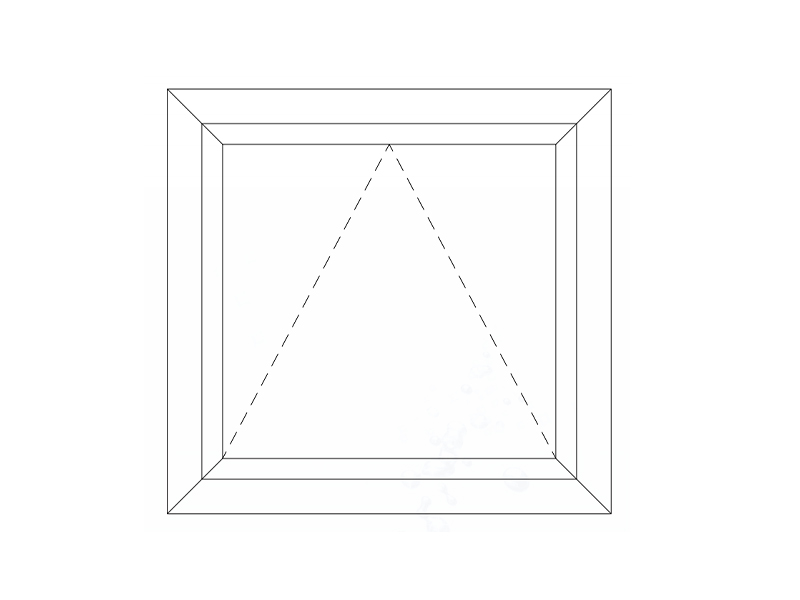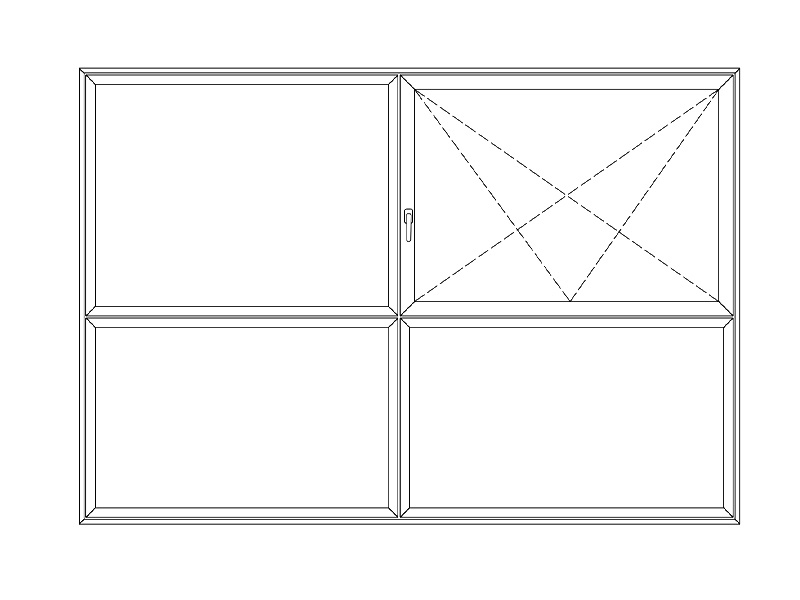The primary purpose of a tapping operation is to enable the secure fastening of components. Without accurately tapped holes, it would be impossible to assemble many mechanical parts using screws, bolts, or other threaded fasteners. This process is fundamental across a vast range of industries, including automotive, aerospace, electronics, and general manufacturing.
How Tapping Works
During a tapping operation, a specialized tool called a tap is used. The tap has a helical thread pattern and cutting edges that progressively cut the internal threads into the material. As the tap rotates and advances into the pre-drilled hole, it removes material, forming the precise thread profile. The size and pitch of the tap correspond directly to the desired thread specifications of the fastener.
Key Considerations in Tapping
For a successful tapping operation, several factors must be carefully considered:
-
Pre-drill Hole Size: The diameter of the pre-drilled hole is critical. If it's too small, the tap can bind and break. If it's too large, the threads will be shallow and weak.
-
Material Type: Different materials have varying machinability, which affects tap selection, cutting speeds, and lubrication.
-
Lubrication: Proper cutting fluid or lubricant is essential to reduce friction, dissipate heat, and facilitate chip evacuation, thereby extending tap life and improving thread quality.
-
Tap Type: There are various types of taps, including hand taps, machine taps, and thread-forming taps (which don't remove material but rather displace it). The choice depends on the application, material, and desired thread quality.
-
Machine Stability: A rigid and stable machining setup is vital to prevent runout and ensure accurate thread formation.

The Role of Automated Tapping
In modern manufacturing, CNC tapping machines, also known as computer numerical control thread cutting machines or automated tapping centers, play a significant role. These highly precise machines automate the tapping process, offering numerous advantages:
-
Accuracy and Repeatability: CNC tapping machines ensure consistent thread quality and precise positioning, even across large production runs.
-
Increased Efficiency: Automation significantly reduces cycle times and labor costs.
-
Versatility: Many CNC machines can perform multiple operations, including drilling and tapping, in a single setup.
-
Reduced Human Error: The automated nature minimizes the risk of operator error, leading to fewer scrapped parts.
Beyond Basic Tapping
While creating internal threads is the primary purpose, tapping operations are also critical for:
-
Repairing Damaged Threads: Oversized taps or thread repair inserts can be used to salvage components with stripped or damaged threads.
-
Specialized Fastening: Tapping allows for the creation of threads that can accommodate specific types of fasteners, such as those with fine pitches or unique profiles.
In summary, the tapping operation is an indispensable part of machining, enabling the creation of robust and reliable threaded connections that are fundamental to countless products and structures around us.





